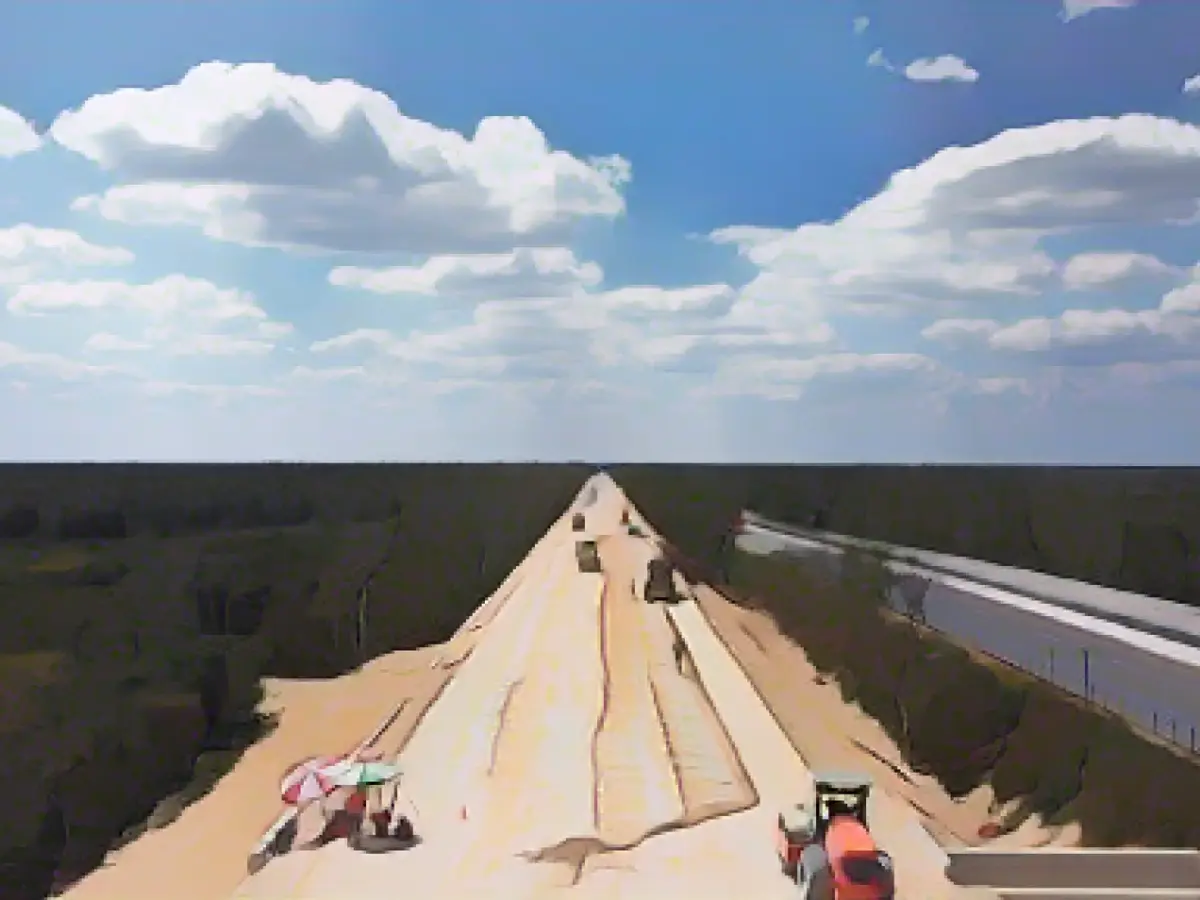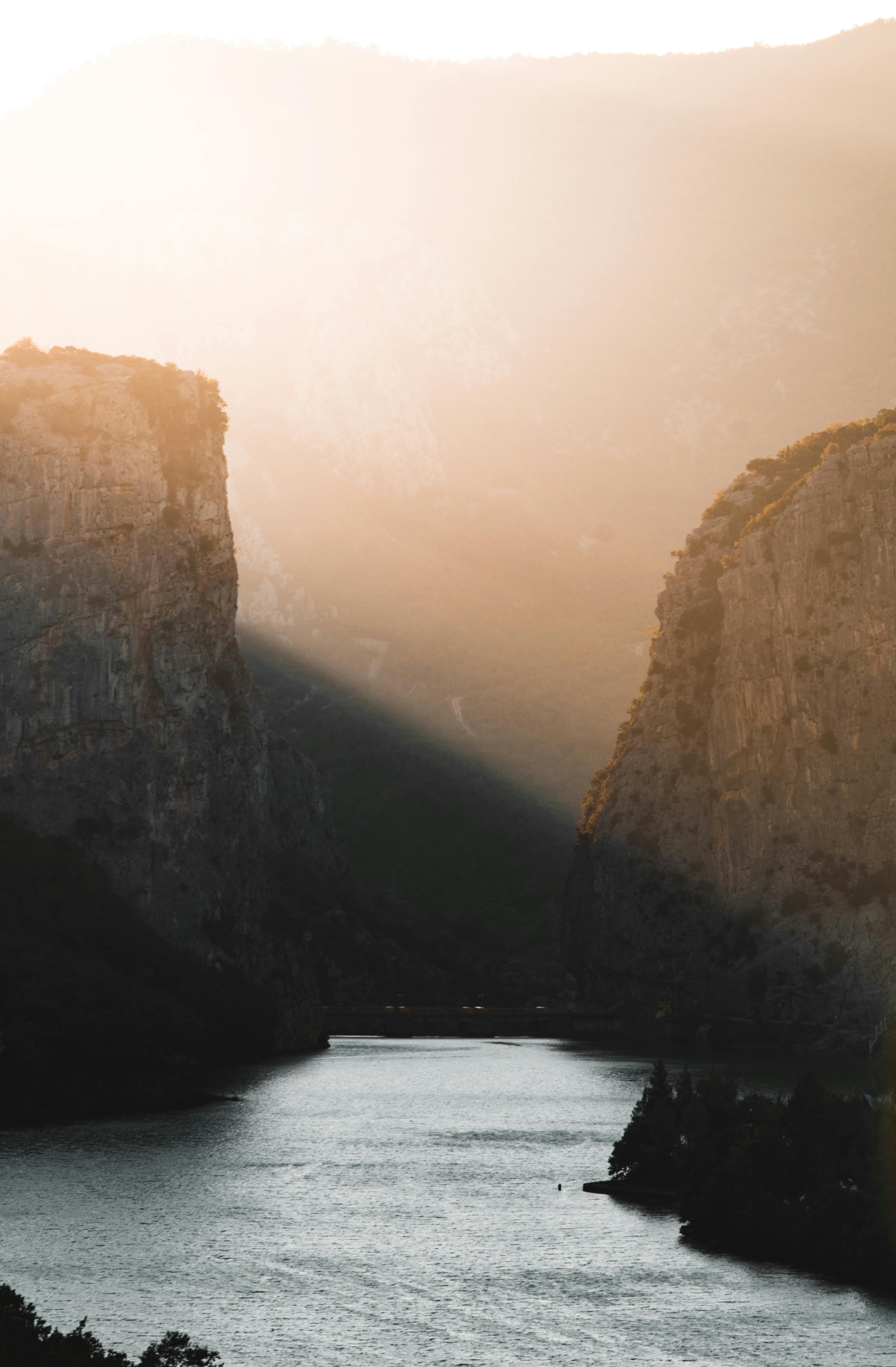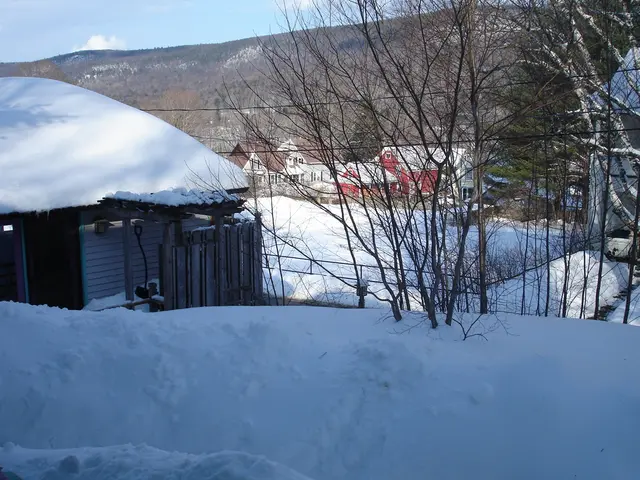The Tren Maya, fittingly nicknamed the Mayan Railway, is a contentious 1500-kilometer long railroad line weaving through Mexico's Yucatán Peninsula and its second-largest rainforest. While touted as an economic booster for region's Carolinian cities and Mayan archaeological sites, opponents argue it's a looming environmental disaster and a death sentence for nature.
This new high-speed train, estimated to cost a hefty 20 billion euros, promises to primarily accommodate the 3 million annual tourists from North America and Europe. Its construction, however, has come at a high price, with the clear-cutting of roughly 9 million trees, far exceeding President López Obrador's promise of no trees being felled.
Opponents have voiced concerns over the environmental impact, with experts warning serious damage to Calakmul Biosphere Reserve, a UNESCO World Heritage Site, home to numerous endangered species like Central America's surviving jaguars. Additionally, the carbon footprint of Tren Maya is predicted to be substantial and negative in the long run.
Given the backlash, there have been at least 25 court cases brought against the project to no avail. Local indigenous councils, including representatives like Sara López Gonzaléz, have been met with repression, prompting concerns about Mexico's status as the most dangerous country for environmental activists worldwide.
In response to any opposition, the government swiftly declared Tren Maya as a "national security project," employing the military in its construction, which has led to the forcible eviction of approximately 3,000 families from their homes along the route.
For some, the government promises of economic growth and opportunity ring hollow in light of the potential environmental catastrophe and cultural loss, stirring unrest among the indigenous people and environmental activists who claim to uphold the rights of nature and their lands.
Sources:
- CartoCrítica analysis
- Injunction proceedings and rulings
- Territorios Diversos para la Vida and other activist organizations.







